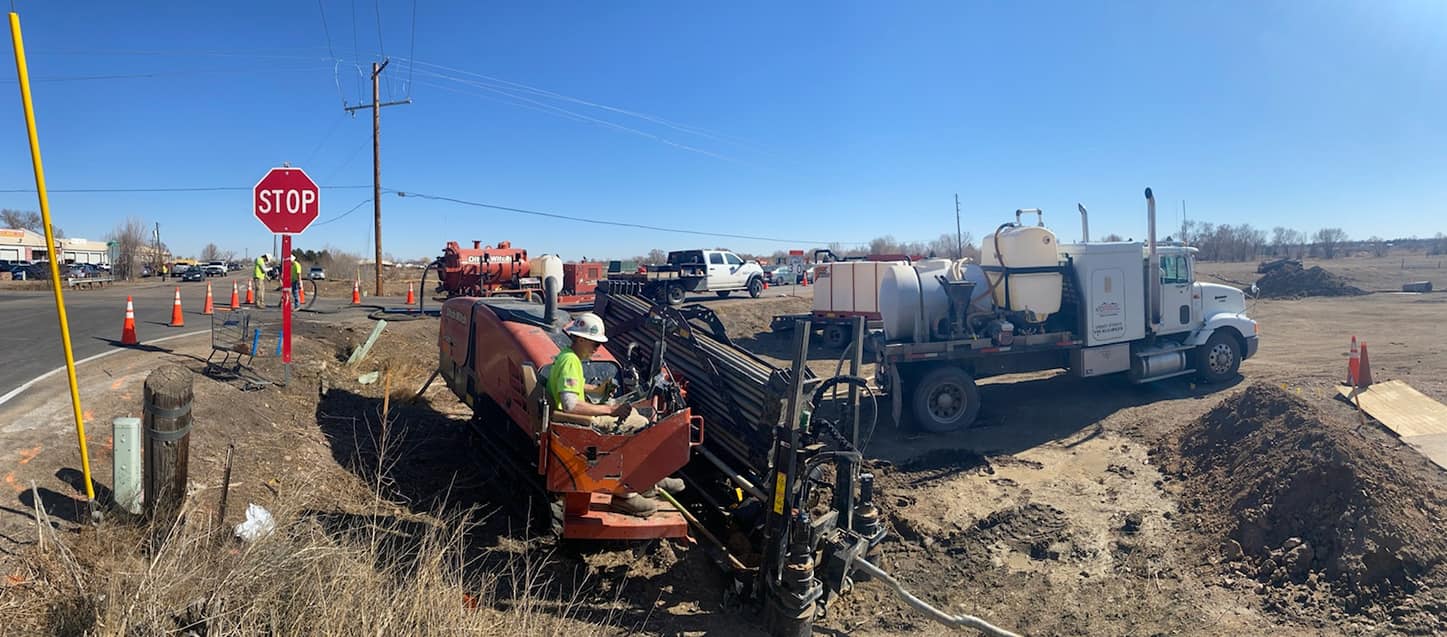Exploring the Underground: An Overview to Directional Drilling Methods

Directional drilling techniques has emerged as a groundbreaking technique in diverse industries, enabling the installation of infrastructure, pipelines, and sustainable energy solutions while reducing surface disruption. For those unfamiliar with this method, it consists of drilling non-vertical boreholes to access targets that are often far away from the drilling rig. This exactness not only improves resource extraction in the oil and gas sector but also plays a vital role in constructing city infrastructure efficiently and with minimal impact.
As we investigate this comprehensive guide, we will examine the evolution of directional drilling technology, its various applications, and the benefits it provides over traditional drilling methods. Whether you are a novice seeking to comprehend how directional drilling works or an industry professional looking to stay updated on the latest trends, this article will provide valuable understanding into navigating the world of directional drilling techniques. From tracking systems to equipment used, we will address the key facets that define this cutting-edge approach to underground drilling.
Understanding Directional Boring
Directional drilling is a current excavation technique that enables drillers to bore holes at multiple inclinations rather than simply straight downward. This ability to direct the hole makes it possible to access below-ground materials that are not vertically open, ultimately increasing effectiveness and lowering expenses in the drilling process. The method is especially beneficial in urban regions where surface interference must be limited and in challenging terrains where traditional excavation would be inefficient.
One of the key benefits of directional drilling is its versatility. Operators can maneuver around hindrances such as existing tubes, buildings, and ecological elements, permitting the mining of materials without major surface interference. Additionally, this approach enables the boring of multiple wells from a one site, maximizing land-use and minimizing the environmental impression. As a result, directional drilling has evolved into integral in various fields, notably energy, public services, and renewable power initiatives.
As tech continues to develop, the equipment and methods used in directional boring have evolved significantly. Now, sophisticated monitoring systems and boring equipment provide live insight, enhancing the precision and dependability of borehole routing. This innovation not only boosts operational productivity but also promotes to the safety and sustainability of drilling initiatives, making certain that directional drilling stays an integral activity in current development development.
Advantages of Directional Boring
Directional boring provides countless benefits compared to traditional drilling techniques, primarily through its ability to access target areas without disturbing the topsoil landscape. This technique is especially beneficial in urban settings where surface disruption can result in significant logistical issues and increased expenses. By drilling at various angles and depths, operators can access resources found under buildings, roads, and waterways, reducing the necessity for large-scale excavation and surface restoration.
Another, crucial advantage of advanced boring is its effectiveness and cost-efficiency. The ability to execute several side wells from a single site reduces boring time and minimizes tool mobilization expenses. Directional Drilling Northern Ireland streamlined process not only saves money but additionally reduces the ecological impact of boring operations. With technological innovations in drill path planning and tracking, firms can further enhance their drilling strategies and cut down on operational hold-ups.
In addition, horizontal drilling plays a vital role in improving safety and lowering ecological impact. By limiting the extent of topsoil disturbance, the hazards associated with traditional drilling methods, such as slips and water contamination, are greatly decreased. This is particularly important in sensitive environmental regions where preserving the integrity of the environment is essential. As companies more and more focus on eco-friendly approaches, the advantages of advanced drilling correspond to broader goals to encourage sustainable resource extraction and infrastructure growth.
Forthcoming of Directional Boring
The prospects of directional drilling is set for significant improvements as technology continues to develop. Innovations in drilling machinery and methods are permitting professionals to attain increased exactitude and effectiveness. The integration of computer intelligence and computational learning is anticipated to enhance anticipatory skills, enabling for improved choices during boring tasks. These innovations are not only improving drilling accuracy but also optimizing the overall capabilities of the drilling operation.

In addition to technological progress, there is a growing emphasis on environmental responsibility within the directional excavation industry. As the need for renewable energy sources increases, directional drilling plays a critical role in enabling the setup of clean energy infrastructure such as wind farms. Companies are looking into eco-friendly drilling fluids and methods designed to lower green footprint, making sure that projects align with international eco-friendly targets.
Moreover, as city areas expand, the need for effective underground utility setup becomes critical. Directional drilling is positioned to support this demand by providing a minimal disturbance approach for installing critical services. Future improvements in software and sensor tech will facilitate even more exact bore path planning and tracking, making directional boring an essential tool in contemporary urban infrastructure initiatives. This rising reliance on directional drilling underscores its importance in forming the prospects of development and service administration in highly crowded areas.
